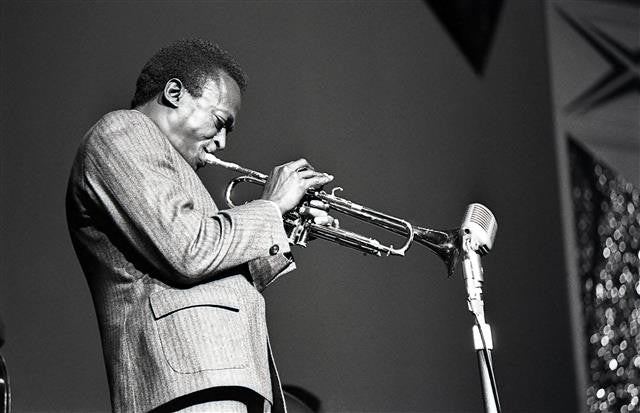About The Song
Written by Miles Davis, “All Blues” is a modal jazz composition first recorded on April 22, 1959, for Davis’s album Kind of Blue. The track is considered one of the greatest jazz standards ever written and has been performed by countless artists since its release.
The modal structure of “All Blues” is based on the G Mixolydian mode, which gives the piece a relaxed and bluesy feel. The melody is simple and memorable, and the solos by Davis, John Coltrane, and Cannonball Adderley are all outstanding.
“All Blues” is a classic example of modal jazz, and it is a must-hear for any fan of the genre. The track is also a great introduction to jazz for those who are new to the music.
Here is a more detailed analysis of the piece:
- The piece is in 6/8 time, which gives it a slow, loping feel.
- The melody is based on the G Mixolydian mode, which is a scale that contains the notes G, A, B, C, D, E, and F.
- The solos are all based on the G Mixolydian mode, but they each have their own unique character.
- Davis’s solo is lyrical and melodic.
- Coltrane’s solo is fiery and intense.
- Adderley’s solo is playful and upbeat.
The overall effect of the piece is one of relaxed intensity. The slow tempo and bluesy feel create a sense of calm, while the solos provide excitement and energy. “All Blues” is a masterpiece of modal jazz, and it is a testament to the genius of Miles Davis.
Here are some additional details about the piece:
- The piece was originally written for a ballet called “The Innocent,” which was choreographed by Jerome Robbins.
- The piece was first recorded on April 22, 1959, at Columbia Records Studio A in New York City.
- The recording session for “All Blues” was only one day long.
- The piece was released on the album Kind of Blue in August 1959.
- Kind of Blue is considered one of the greatest jazz albums of all time.
- “All Blues” has been covered by many artists, including Herbie Hancock, Wayne Shorter, and Wynton Marsalis.
“All Blues” is a classic jazz composition that is still enjoyed by listeners today. The piece is a great example of modal jazz, and it is a must-hear for any fan of the genre.
